As IBM secretly mulls plans to sell off its increasing outdated processor chip fabs in New York and Vermont, a new wave of mobile chip developers— led by Apple, ARM and Qualcomm— are hiring away many of the top chip designers of the once leading firm.
"The job market for chip designers in Austin over the last two years has been amazing, with Apple, ARM and Qualcomm all recruiting very aggressively and successfully from IBM and other struggling chipmakers like AMD and Freescale," wrote a former IBM employee, in response to a series of reports authored by Rick Merritt of the EE Times regarding IBM's struggling chip operations.
"The IBM server development group in Austin has lost a huge amount of intellectual capital, as the best and brightest were drawn away to higher salaries and more promising opportunities. Design teams in Raleigh and Rochester have also suffered big losses. I was one of the ones voting with my feet and leaving IBM last year," the employee wrote.
The high end processor industry, just like the PC, has been experiencing a market shift toward cheaper, commodity products built overseas even as the explosion of mobile devices pull away investment and talent.IBM has an impressively long history of delivering technology advancements in the field of chip manufacturing, but the rapidly changing market has increasingly left it behind
IBM has an impressively long history of delivering technology advancements in the field of chip manufacturing, but the rapidly changing market has increasingly left it behind.
On top of that, a new crop of chip designers focusing on mobile designs is aggressively raiding IBM's talent, offering better pay and the opportunity to work on compelling projects subsidized by the fat profits being generated by the mobile industry.
Apple takes over mobile
Apple's mobile-powered rise from the ashes of its mid-1990s failure to keep up with the global commoditization in desktop PCs began with iPod in 2001, but really gained momentum with the iPhone beginning in 2007 and iPad in 2010.
Behind the scenes, however, Apple has been reinvesting its mobile profits in advanced hardware designs. In particular, the company has built up— nearly from scratch— one of the industry's leading chip design teams, capable of delivering not just competitive Application Processors but designs unmatched by its peers.
By designing its own chips, Apple can funnel its profits back into proprietary designs that its commodity competitors can't match (or benefit from) even as it deeply integrates its software to take advantage of advanced, unique hardware.
That's exemplified in efforts like Metal, which takes special advantage of the Apple's A7 chip to enhance both third party games and Apple's differentiated user interface of iOS, enhanced with translucency, parallax and fluid animation driven by the company's A-series chips with powerful mobile GPUs.
IBM's increasingly beleaguered chip operations
IBM has long been a leader in semiconductor design, having pioneered the use of solid state transistors for its own mainframe computers back in the late 1950s as noted in Merritt's overview of the company's current predicament.
Merritt cited Rob Lineback, a senior analyst at IC Insights, as noting that IBM became "one of the first companies to start putting memory on chips. Early on they figured out processor performance depended on how much memory you had on your chip, so they very quickly moved to half the processor being memory."
IBM's development of "Silicon On Insulator" technology resulted in what Merritt's colleague David Lammers explained as new chips designs having an "insulating layer [that] helps contain the charge in DRAM cells, enabling IBM to pack big, fast caches on its Power chips."
IBM's advancements in chip design attracted the attention of Apple in the early 1990s, resulting in PowerPC, an initiative to scale down IBM's advanced, server-oriented Power architecture to serve as a replacement for the Macintosh's Motorola 68k processor family in 1994. PowerPC also hoped to replace Intel's x86 chips, but the money flowing into DOS and Windows PCs kept funding advancements to Intel's aging x86 in a way that PowerPC found increasingly impossible to outpace.
By 2005, Apple's Steve Jobs had given up on IBM and announced plans to migrate Macs to Intel's latest x86 Core designs. PowerPC continued on in embedded applications and, notably, as the core technology behind Sony's PlayStation 3, Microsoft's Xbox 360 and the Nintendo Wii. It has since lost the next generation console market to AMD, while the general purpose embedded market has increasingly migrated toward ARM chips.
Power and PowerPC also remained important in server applications. However, with the move to "cloud computing" data centers operated by low cost leaders, IBM began losing that market, too. Amazon and Google now represent 20 percent of the server market, and they want cheap servers rather than IBM's service-oriented premium servers targeting traditional businesses.
"Sales went to the lowest-cost provider of simplified systems— increasingly Taiwan ODMs such as Foxconn and Quanta," Merritt notes, citing Insight64 analyst Nathan Brookwood as explaining, "the mega-datacenter guys don't need and won't pay for services; they want lots of dense, low-cost servers. But IBM wants to sell beefier, pricier servers."
A second report by Merritt detailed that IBM's Power sales have plummeted from $7.5 billion in 2005 to just $3.9 billion last year. The company's 2013 annual report said IBM "recognizes that the size of the Power platform will not return to prior revenue levels. The company will take action by right-sizing the business for the demand characteristics it expects."
In January, IBM announced plans to sell its x86 PC server business to Lenovo, and in April it unveiled an "Open Power" initiative to render its Power architecture an open source design, similar to Sun's ill fated efforts to do the same with its OpenSparc program back in 2005.
IBM appears likely to sell off chip fabs
A key issue for IBM is what to do with its semiconductor manufacturing plants in East Fishkill, New York and Burlington, Vermont. In a third article reviewing IBM's situation, Merritt indicated that IBM "is exploring a sale of one or both of its fabs," with sources suggesting GlobalFoundries (a client of Apple and partner of Samsung) to be the most likely buyer.The uncertainty surrounding IBM's future operations has resulted in a stream of IBM's top designers being recruited by Apple's chip design team
"GlobalFoundries recently said it has hired on a temporary basis '200 experienced engineers and managers to support its current Fab 8 ramp' in upstate New York from May to December 2014," Merritt reported.
IBM isn't saying anything public about its plans, as such an announcement would likely hurt its asking price for the facilities. If Apple were interested in buying a chip fab, IBM's sale could certainly offer a rare chance to pick up manufacturing capacity. However, Apple has not signaled any apparent interest in buying its own chip factories.
Instead, Apple has long coordinated with third parties to manufacture its components, even for chips like the A7 and devices like Touch ID where Apple has developed custom designs. Apple is, however, constantly looking for semiconductor design talent. And the uncertainty surrounding IBM's future operations has resulted in a stream of IBM's top designers being recruited by Apple's chip design team.
Apple's appetite for ARM also eating up IBM
When Jobs returned to Apple in 1997, his first actions included the sale of Apple's stake in ARM, a partnership the company initiated in the late 1980s in order to adapt a little used chip developed by Acorn Computer into a low power chip appropriate for mobile use in Apple's 1990's Newton MessagePad (below).
While Apple's fortunes began to decline in the mid 1990s, ARM gained the attention of Nokia, which helped make the chip design broadly popular in cell phones. Jobs helped fund Apple's recovery with the perfectly timed sale of ARM shares in the late 1990s, then became an increasingly important client of ARM processors in 2001 with the development of the ARM-powered iPod.
By 2007, ARM was the only sensible choice for iPhone. Apple's new phone was powered by a stock Samsung ARM design, but Apple was already at work lining up its own plans for custom chip designs, starting with a secret agreement to license PowerVR GPU intellectual property from Imagination Technologies in July 2007. AppleInsider exclusively reported on Apple's secret mobile chip developments and plans to "muscle advanced gaming graphics into iPhones."
In 2008, Apple acquired P.A. Semi, a "fabless" chip designer that had been developing advanced PowerPC processors. That move signaled a return to Apple's history in developing custom silicon in the 1980s. At the same time, it shifted some of the world's most talented chip designers from PowerPC to ARM.
That same year, Apple also recruited Mark Papermaster, who had served as "IBM's top expert in Power architecture and technology." IBM responded with a lawsuit that called the hire "an attempt to expand Apple's presence in the markets for servers and chips for handheld devices."
Papermaster ended up leaving Apple in 2010, reportedly due to "cultural incompatibility." However, an increasing number of other IBM employees have since joined Apple without involving lawsuits or internal political fights.
Apple passes up Intel's "UMPC" Atom plans to develop a tablet chip of its own
By 2009, rumors of an Apple tablet appeared, stoking parallel rumors that the company might migrate from ARM to Intel's low power x86 Atom architecture (then known as Silverthorne). Instead, Apple developed A4: a custom new ARM chip with the power to drive the company's equally new iPad.
AppleInsider exclusively reported on the significance of the A4, noting Apple's rumored acquisition of Intrinsity to enhance the chip's performance at a time when various experts where assuming Apple was doing nothing new and likely just using off the shelf IP, including ARM's baseline Mali GPU core.
Sales of iPhones bankrolled further rapid chip development while Apple's new iPad began offering a compelling alternative to conventional PCs, particularly in education and the enterprise. Apple's sales iPads as tablet computers have been unmatched by the industry, immediately surpassing the previous decade of Microsoft's Windows Tablet licensing efforts and outflanking competitive efforts by BlackBerry and Palm to create similar tablet products.
Microsoft's own Surface tablets have only found niche sales, while Google's Android tablet initiatives have primarily served as portable TVs, failing to develop an ecosystem of custom apps. Over the past three and a half years, Apple's dominance of virtually all the valuable markets for mobile devices has funded a rapid advance in chip sophistication, culminating in Apple's A7, the first 64-bit mobile processor to be used in a smartphone.
iPhone 5s logic board with Qualcomm baseband chipset. | Source: iFixitApple's extreme secrecy in chip development resulted in the A7 delivering advanced DSLR-style camera processing resources, integration of Touch ID's on-chip Secure Enclave, ground breaking support for the efficient new ARMv8 architecture and Imagination's latest "Rogue" GPU design— all without any leaks of any of Apple's plans until the day they were publicly revealed.
IBM's decline follows Texas Instruments'
Without Apple's ability to sell high end, profitable devices, the rest of the industry has focused on selling low end phones in volume. That shift has had a tremendous impact on the production of competitive mobile chips, even among ARM licensees.
In 2012, Texas Instruments announced it would no longer pursue Application Processors for consumer devices after a string of products powered by its OMAP ARM chips delivered disappointing results, including the Amazon Kindle Fire, Palm Pre, RIM BlackBerry Playbook, Motorola's Xyboard tablet and MOTOACTIVE music player, Nokia's N9, Google's Nexus Q and Galaxy Nexus.
Unlike TI, which had to account for significant overhead with its chip clients related to managing documentation and support for various OMAP chips and features, Apple is the only consumer of its internally designed A-series chips. That frees the company to focus on building only what it wants and needs, and it doesn't have to communicate with third parties about the intricacies of how its silicon works.
Apple subsequently was reported to have hired away much of TI's OMAP team located in Haifa and Herzliya, Israel, a site already in close proximity to Anobit, the flash memory chip designer Apple acquired in late 2011.
In addition to Israel, Apple also has growing teams of chip designers working in Austin, Texas, and in Melbourne, Florida, where the company's Melbourne Design Center, acquired as part of AuthenTec, is located.
Last year, Apple also acquired the highly efficient chip designer Passif Semiconductor in California, Israeli 3D sensor firm PrimeSense as well as Swedish data compression firm AlgoTrim.
Apple's growing staff of A-series chip developers are also working in extreme secrecy near the company's Infinite Loop campus in Cupertino, and are currently slated to be among the groups who will not be moving to the company's new "spaceship" Apple Campus 2, now under construction.
Industry observers are next watching to see if Apple signals an intent to take on Qualcomm to a big to build its own baseband chips, or potentially partner with Intel to again use its Infineon baseband chips. Speculation has also targeted the potential for Apple to use its own ARM-based designs in lower end Macs in place of Intel's chips.
 Daniel Eran Dilger
Daniel Eran Dilger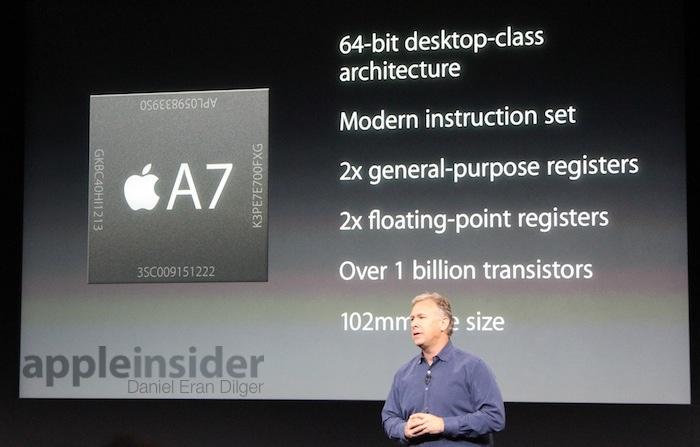
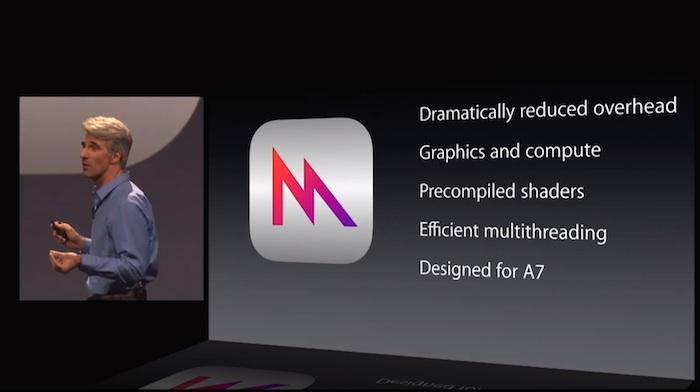
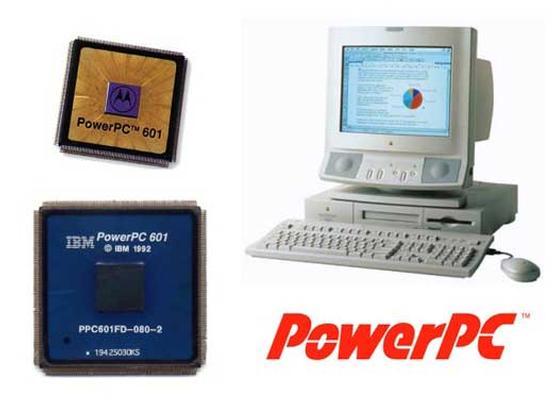








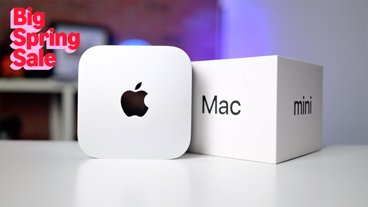
-m.jpg)





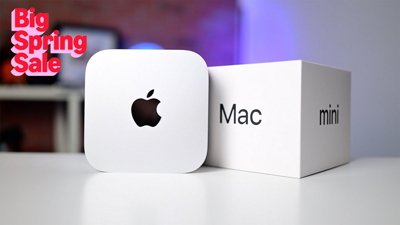
 Christine McKee
Christine McKee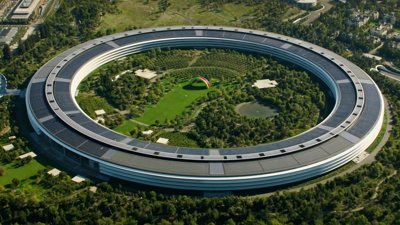
 Wesley Hilliard
Wesley Hilliard
 Thomas Sibilly
Thomas Sibilly
 Marko Zivkovic
Marko Zivkovic
 Andrew O'Hara
Andrew O'Hara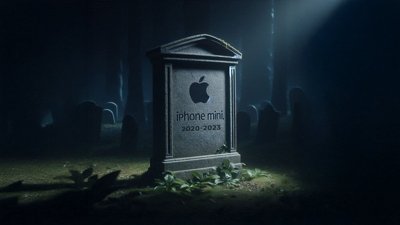
 Amber Neely
Amber Neely
 William Gallagher
William Gallagher


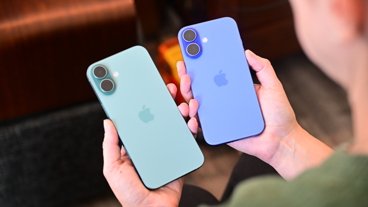






34 Comments
So the no poaching treaties have officially been run through the shredder?
"As IBM secretly mulls plans" ... some secret!
the anti-poaching treaties were shredded per court order... Poaching employees (e.g. "a fair and open job market") is perfectly legal.
As IBM secretly mulls plans to sell off its increasing outdated processor chip fabs in New York and Vermont, a new wave of mobile chip developers%u2014led by Apple, ARM and Qualcomm%u2014are hiring away many of the top chip designers of the once leading firm. Daniel, it is not often that I question your motives with articles, but this time around I question quite a bit. "As IBM secretly...", is absolutely false. Daniel, Business Week, ArsTechnica, Business Week, Computer World, WSJ and other sites/publications ran this story way back in February 2014. It is not a secret. "...increasing outdated processor chip...", another false statement. You do not have to follow the path of other bloggers/analysts to get legitimate hits. Come on, please be better than you are being here. "...once leading firm.", IBM supplied chips for Xbox and Playstation simultaneously due to its chip prowess. The hiring of IBM engineers shows how strong IBM is believed to be in the chip manufacturing arena. "...a new crop of chip designers focusing on mobile designs is aggressively raiding IBM's talent, offering better pay and the opportunity to work on compelling projects subsidized by the fat profits being generated by the mobile industry. I do not usually bash Apple, but come on Daniel. Apple just settled a class action lawsuit for illegally conspiring with other companies to not hire each other's employees. Now that Apple is being deeply monitored, it HAS to offer better pay to get great engineers. You know this to be true, yet you write an article that portrays IBM in a very negative light and Apple in a positive light. Please, please, please, be better than other bloggers. Please tell the truth. You will get just as many hits.
As IBM secretly mulls plans to sell off its increasing outdated processor chip fabs in New York and Vermont, a new wave of mobile chip developers%u2014led by Apple, ARM and Qualcomm%u2014are hiring away many of the top chip designers of the once leading firm.
"...increasing outdated processor chip...", another false statement. You do not have to follow the path of other bloggers/analysts to get legitimate hits. Come on, please be better than you are being here.
"...once leading firm.", IBM supplied chips for Xbox and Playstation simultaneously due to its chip prowess. The hiring of IBM engineers shows how strong IBM is believed to be in the chip manufacturing arena.